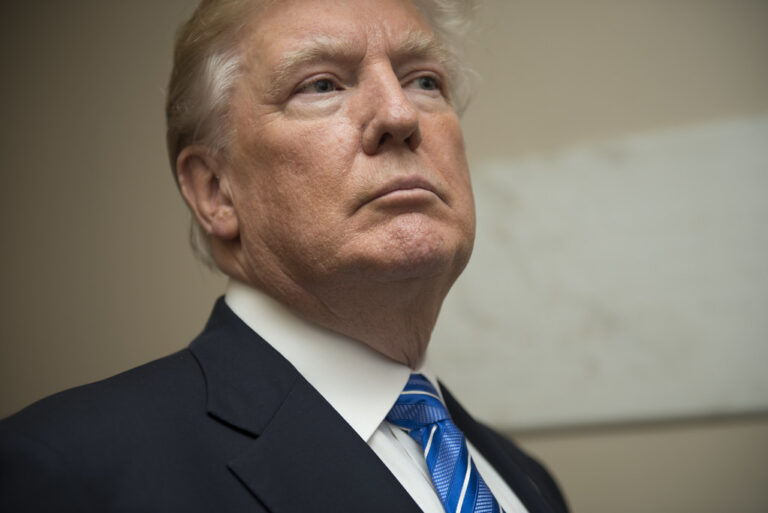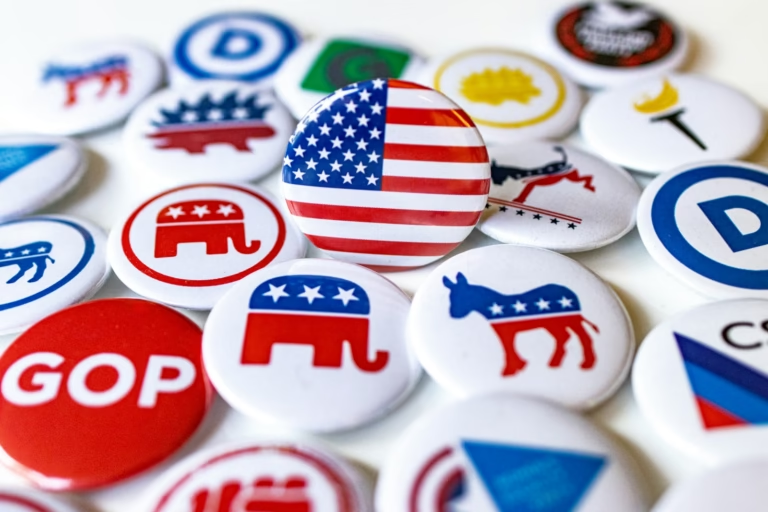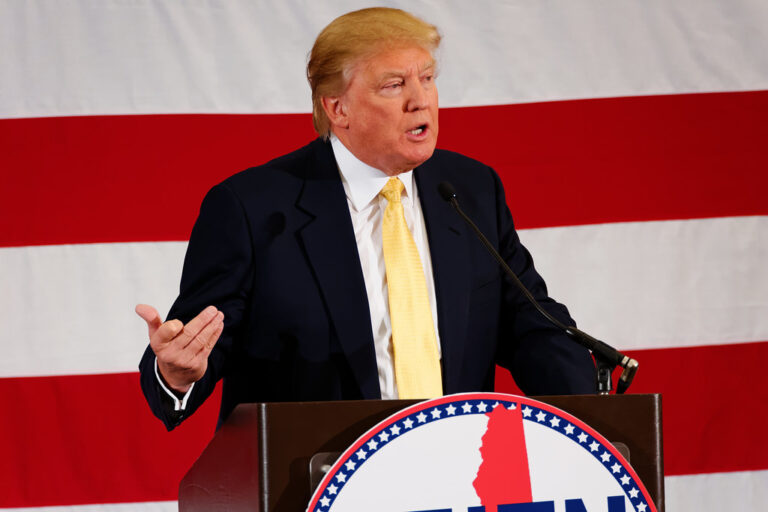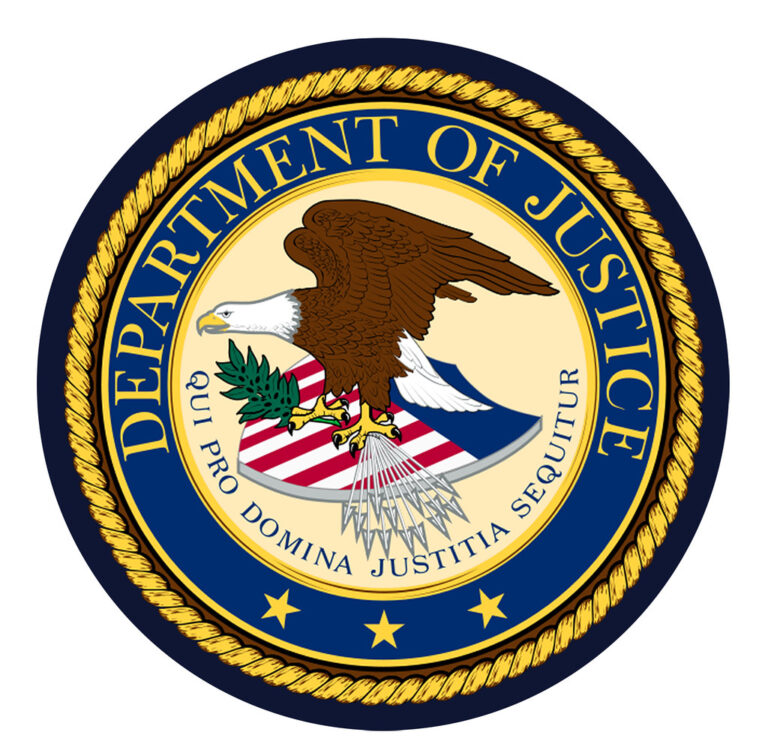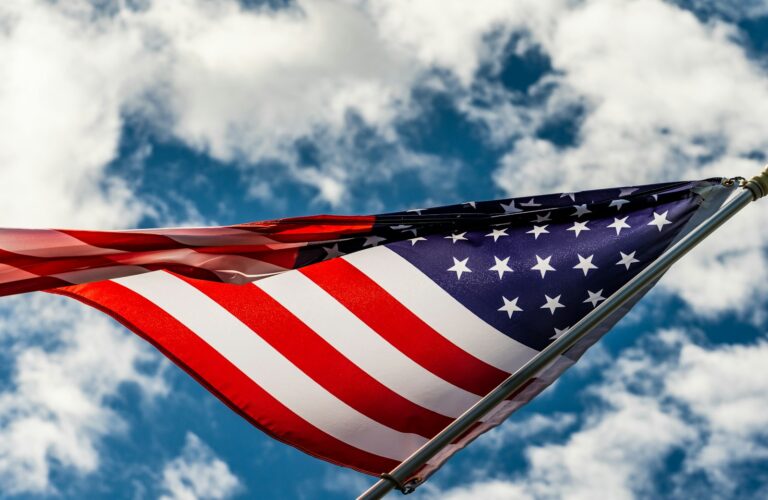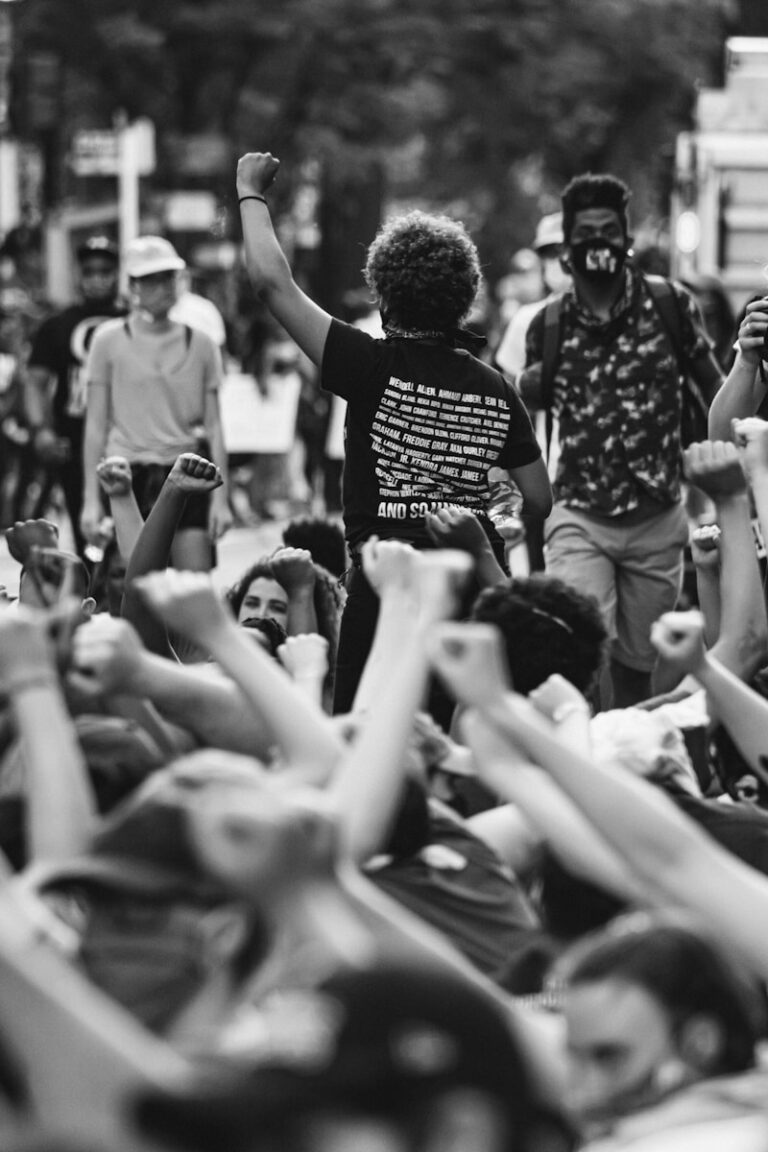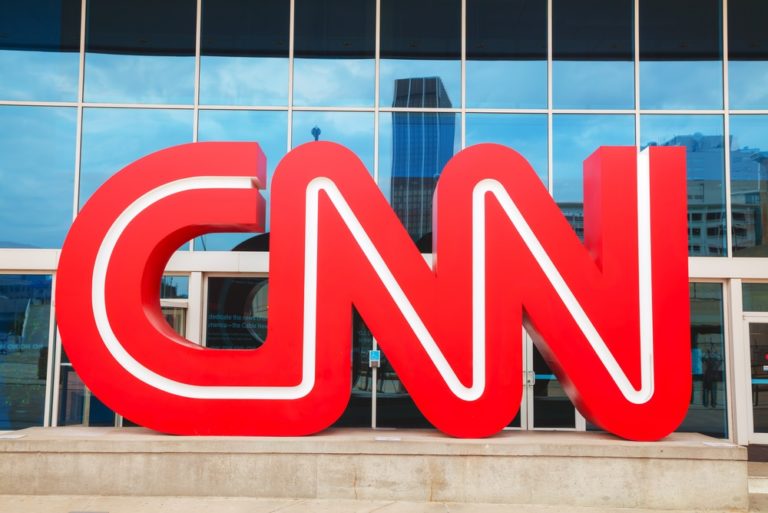Key Takeaways
- President Donald Trump canceled his planned trip to Hungary with Putin and Zelenskyy.
- International reporter Elise Labott believes this may affect Trump’s decision on sending weapons to Ukraine.
- Trump’s two-hour call with Putin showed his continued interest in diplomacy with Russia.
- It remains unclear whether Trump will approve Tomahawk missiles for Ukraine.
President Trump’s sudden decision not to attend the Hungary summit with President Putin and President Zelenskyy has left many surprised. The White House confirmed on Tuesday that Trump will skip the event. He had announced this trip after a long phone call with Russian President Vladimir Putin. Now, world leaders will meet without him.
Why Trump Scrapped the Hungary Trip
At first, Trump seemed eager. He spent more than two hours talking with Putin last week. He then set a date to travel to Hungary for a three-way meeting. The goal was to push for peace after Russia invaded Ukraine. However, Trump reversed course at the last minute. The White House gave no detailed reason. Yet, experts say Trump may have realized Putin has no real plan to end the war.
Elise Labott’s Take on Ukraine Weapons
On MSNBC, reporter Elise Labott discussed the move. She thinks skipping the summit could signal a shift in Trump’s view on military aid. However, Labott admits Trump has resisted supplying heavy weapons to Ukraine before. Still, she hopes this cancellation will push him to change his mind. As she noted, “Trump wants to be a dealmaker. He sees that Putin has no interest in peace.”
Trump Hungary meeting plans once included talks with top Russian officials in Budapest. Those sessions are now off. As a result, Washington’s chance to negotiate directly with Russia has vanished for now.
What Changed in Trump’s Strategy
Before canceling, Trump said he fancied himself as a broker of peace. He believed he could persuade Putin to stop the war. Yet in recent days, U.S. diplomats reported no shift in Russia’s stance. Putin laid out no new offers. Therefore, Trump may have concluded the trip would be fruitless.
Moreover, Trump’s own advisers reportedly warned him that attending would look like a reward for Putin’s aggression. They feared it would undercut U.S. support for Ukraine. Thus, the president chose to stay home.
Trump Hungary Meeting and U.S. Credibility
By pulling out of the Hungary summit, Trump tries to balance two goals. On one hand, he wants to show he won’t reward bad behavior. On the other, he needs to keep Russia engaged in talks. Critics argue that without direct dialogue, there is little hope for progress. Still, Trump’s allies say this move proves he won’t be naïve.
The cancellation also may affect U.S. credibility with Ukraine. Zelenskyy agreed to meet Trump in Hungary. Now, he must present his case without the U.S. president at his side. This change could weaken Ukraine’s bargaining power.
Could Tomahawks Be on the Table?
One major question looms: Will Trump authorize Tomahawk missiles for Ukraine? During his video call with Zelenskyy, Trump refused to promise heavy arms. He said he was not ready to supply them. Yet after his talk with Putin, he appeared to rethink. Now that he believes Putin is “playing us,” Trump may feel pressure to arm Ukraine more fully.
Elise Labott pointed out this is a key test. If Trump truly sees Russia as the bad actor, he could approve Tomahawks. Still, granting these missiles would mark a serious escalation. Tomahawks can strike deep inside Russian territory. Trump’s team must weigh the risk of wider conflict.
Meanwhile, Trump’s past record casts doubt. In his term, he offered fewer weapons than many allies wanted. He also stalled on funding Ukraine’s air defenses. Therefore, even if he talks tough, he may stop short of full approval.
How This Affects the War in Ukraine
Without new weapons, Ukraine faces challenges on the battlefield. Russian forces continue pressing in the east. Ukrainian troops need long-range precision systems. Tomahawk missiles could help them target supply lines far behind enemy positions.
However, arms alone cannot end the war. Diplomacy remains crucial. If Trump Hungary meeting hopes fade, Ukraine may lose a chance to win concessions from Russia. At the same time, Putin has shown no willingness to compromise.
Other World Leaders Step In
Even as Trump steps back, other leaders fill the void. The European Union and NATO are discussing more aid packages. Prime ministers and presidents across Europe vow to keep supporting Ukraine. Yet none carry the same weight as a U.S.-Russia-America summit.
Meanwhile, U.S. lawmakers of both parties debated new funding for Ukraine. Some Republicans praise Trump’s firm stance. Others fear a lack of U.S. leadership will hurt global security.
What’s Next for Trump and Hungary
For now, Trump will focus on domestic matters. He is expected to campaign for the next election. Hungary’s government expressed regret about the cancellation. They still plan to host Zelenskyy and other leaders.
In the coming days, all eyes will be on whether Trump adjusts his weapons policy. His decision could reshape the conflict’s future. If he sends Tomahawks, Ukraine gains a new edge. If not, Kiev stays on the defensive.
Final Thoughts
Trump’s abrupt pullout from Hungary surprised many. Yet it may offer clarity about his view on Russia. By recognizing that Putin has no desire for peace, Trump hints at a tougher line. However, only time will tell if this means real action for Ukraine.
Frequently Asked Questions
Why did President Trump cancel the Hungary meeting?
The White House said no clear reason was given. Experts suggest Trump realized Putin would not agree to end the war.
Will Trump now send more weapons to Ukraine?
That remains uncertain. Some think he might approve Tomahawk missiles. Others believe he will hold back to avoid escalation.
How do other countries react to the cancellation?
European leaders expressed disappointment but promised continued support for Ukraine without the U.S.-Russia-America summit.
Could skipping the summit hurt Ukraine’s position?
Yes. Ukraine loses a chance to negotiate directly with Russia alongside the U.S. president, potentially weakening its bargaining power.

